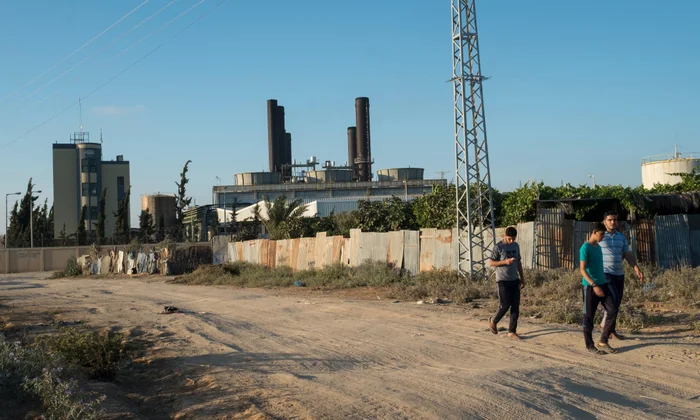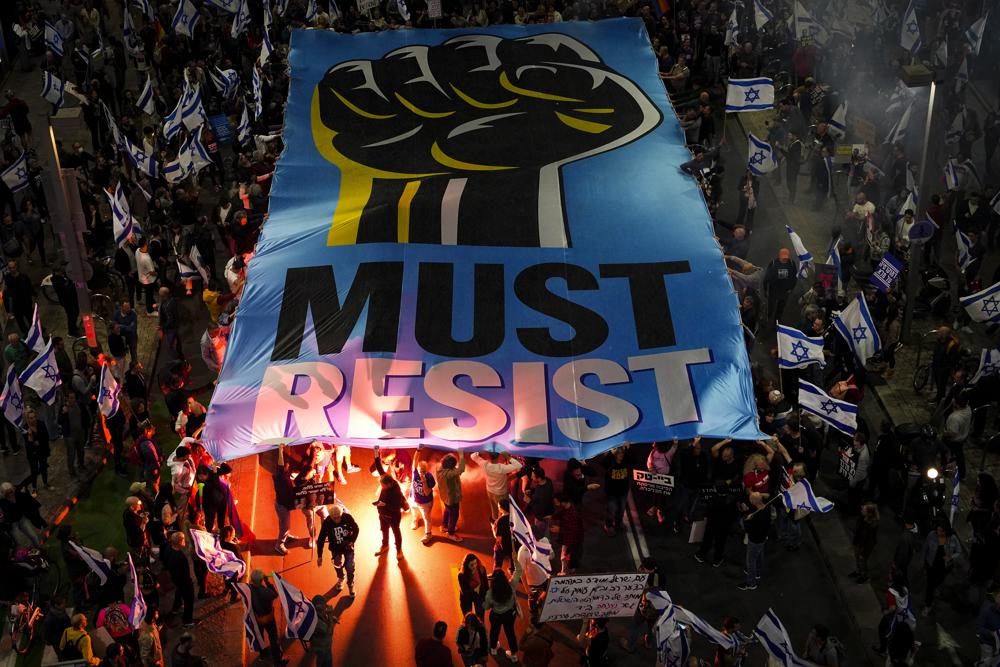One of this week’s Sedra’s main topic is Shmita. The Torah refers to Shmita many times as Shabbos HaAretz. During Shmita year the Torah forbids us from working the land. Thus the land rests because it isn’t worked. This doesn’t mean, however, that the ground doesn’t bear fruit. Things still grow from the ground during Shmita.
When we contrast Shabbos HaAretz to our weekly Shabbos something doesn’t jive. Not because the Shabbos we observe weekly is from all Melachos (all forms of work) and Shabbos HaAretz is only from work that applies to the land. There is, rather, something more fundamental that is off.
On Shabbos we are forbidden to perform Melacha. Through our not doing work we rest. We are the ones who do, or do not do, and therefore we are the ones who rest or don’t rest. By contrast, for Shabbos HaAretz we must refrain from doing certain acts to the land thereby allowing it land to rest.
In both types of Shabbos there is work that we are refraining from doing. In one, those who refrain get rest, whereas in the other only the inanimate earth gets to rest while we are the ones refraining from doing the work. Why is it that the Torah chooses to refer to both as Shabbos?
Perhaps this is the very idea the Torah is trying to convey. Generally, we think only ourselves or society are affected by we do or by what society does. In reality, however, all aspects and all elements in the world are influenced and affected immediately by how we act and by what we do and don’t do.
A very warm Good Shabbos, Rabbi Y. Dov Krakowski










